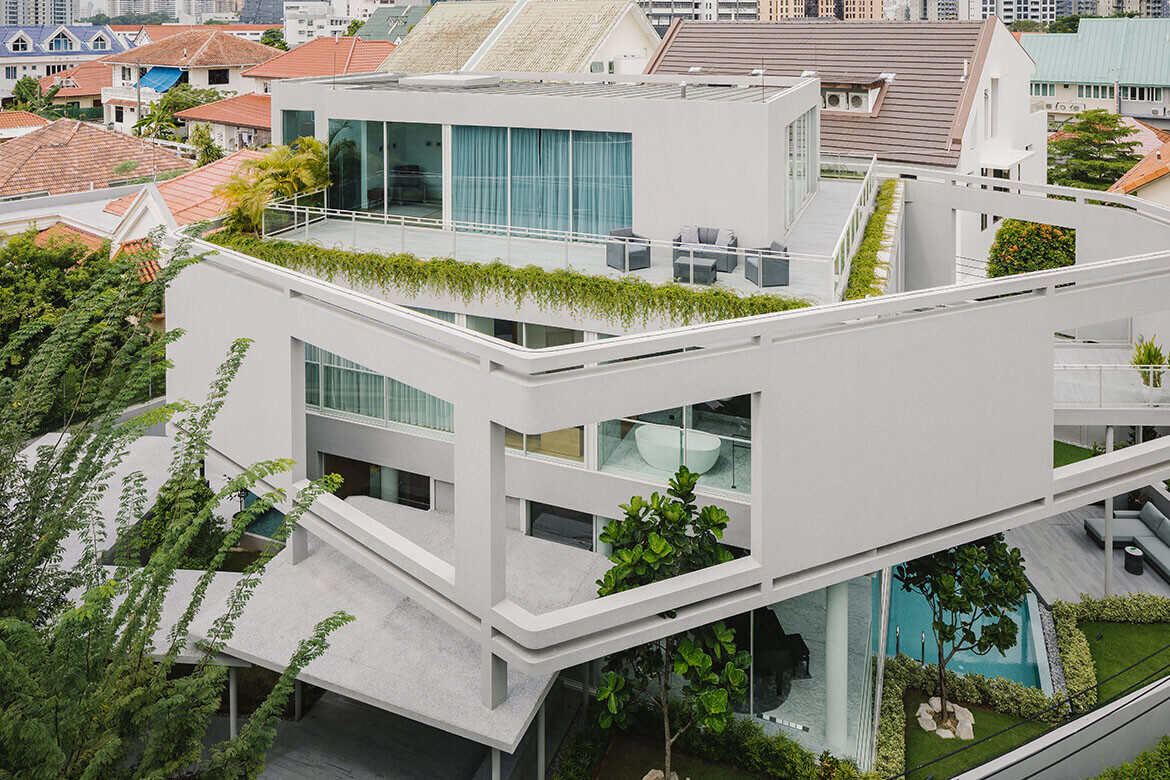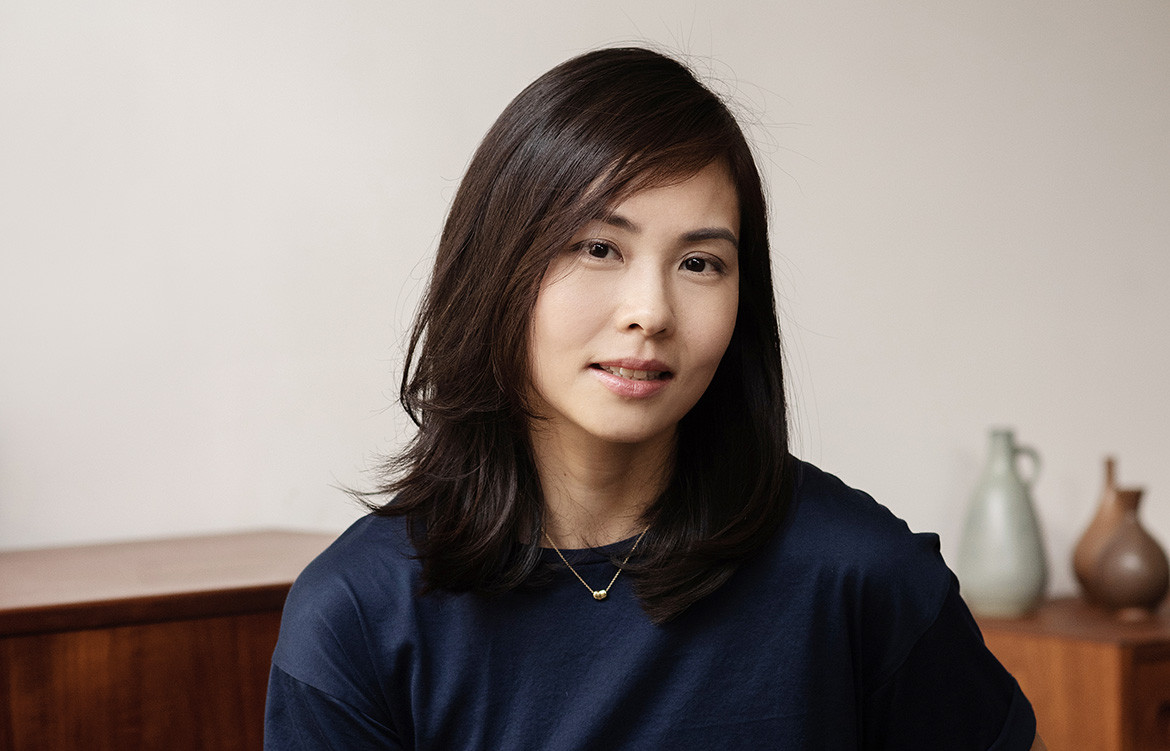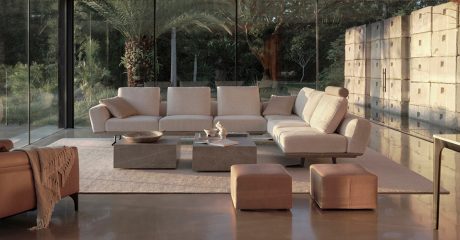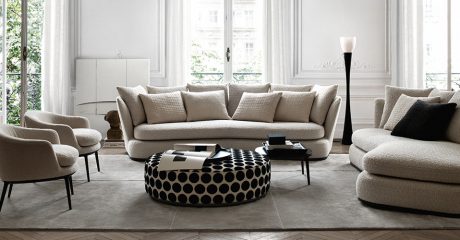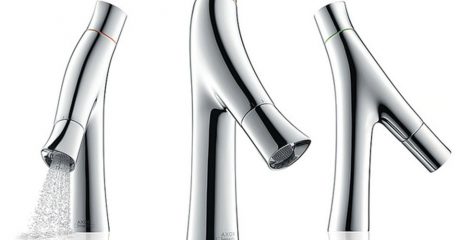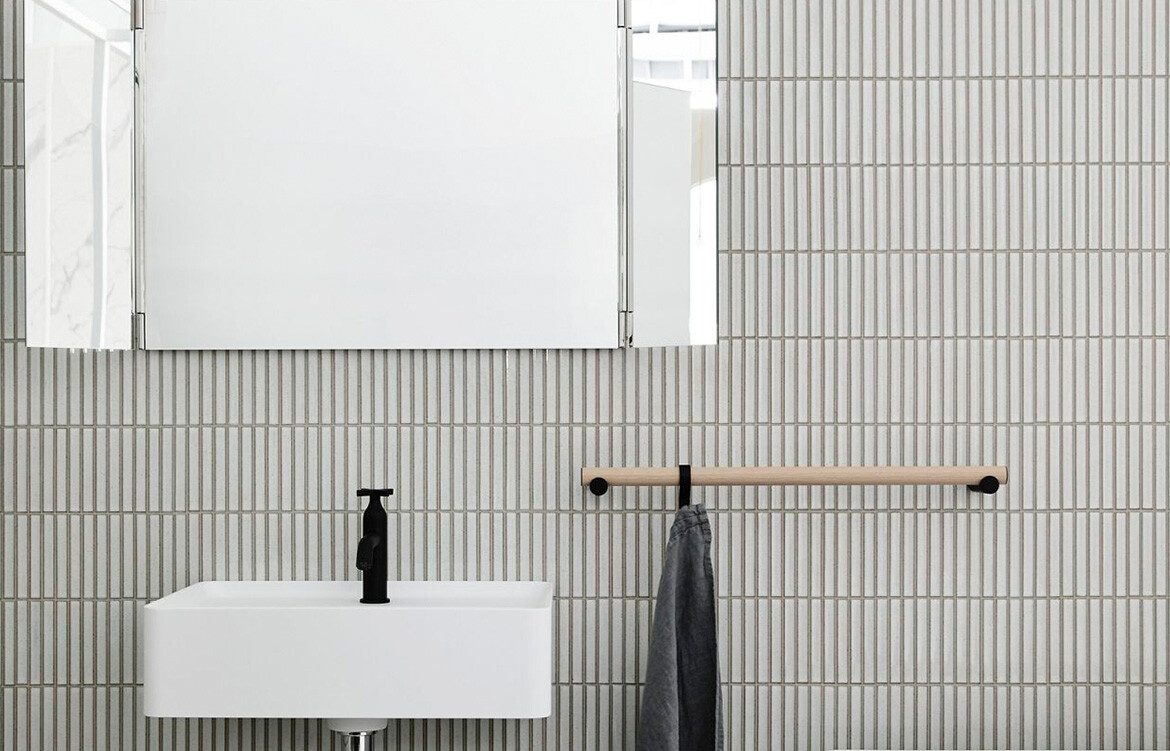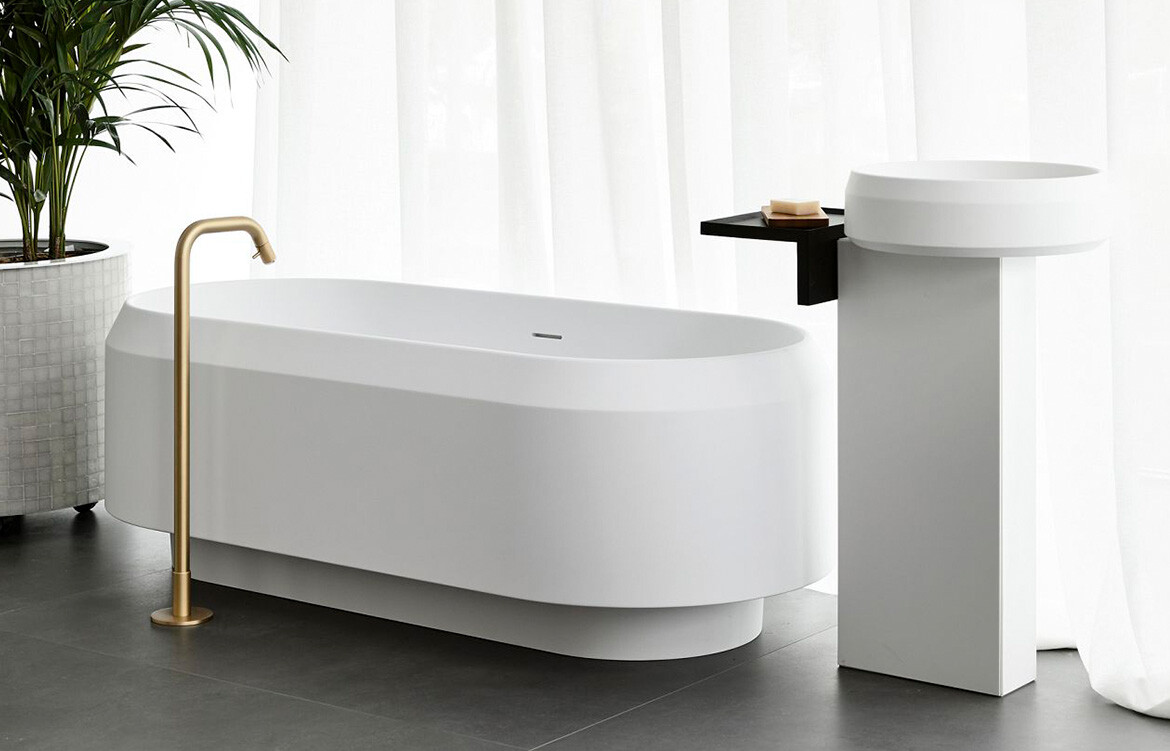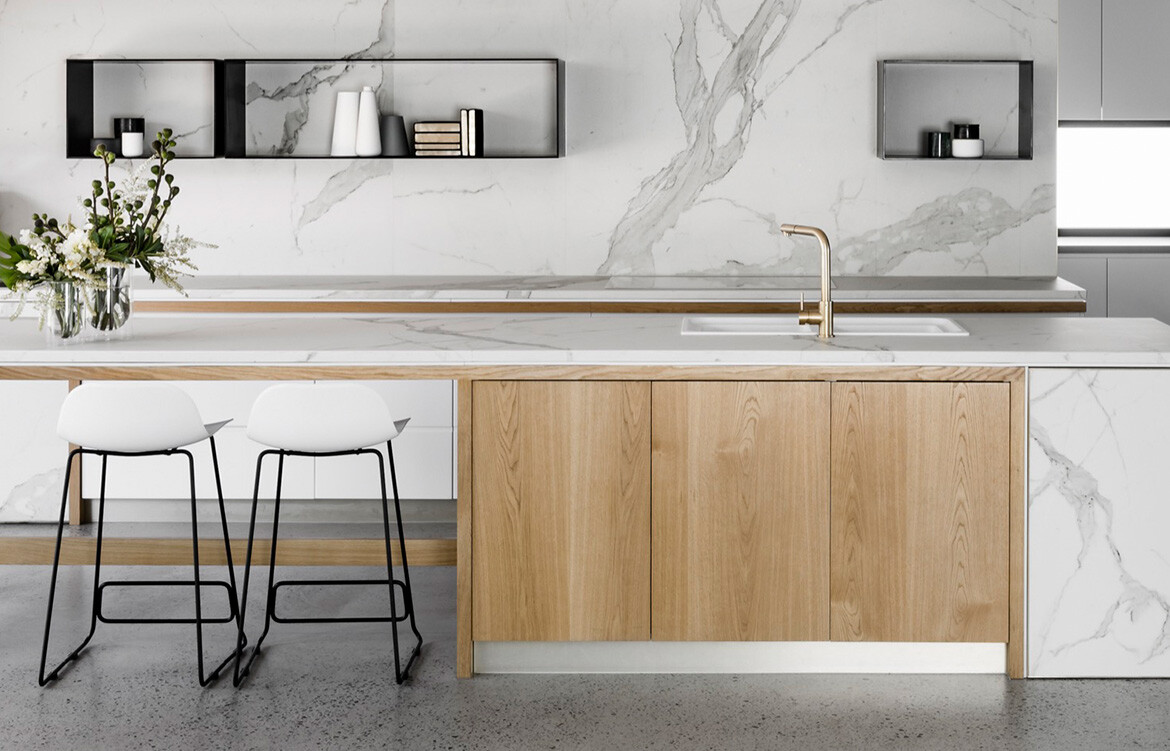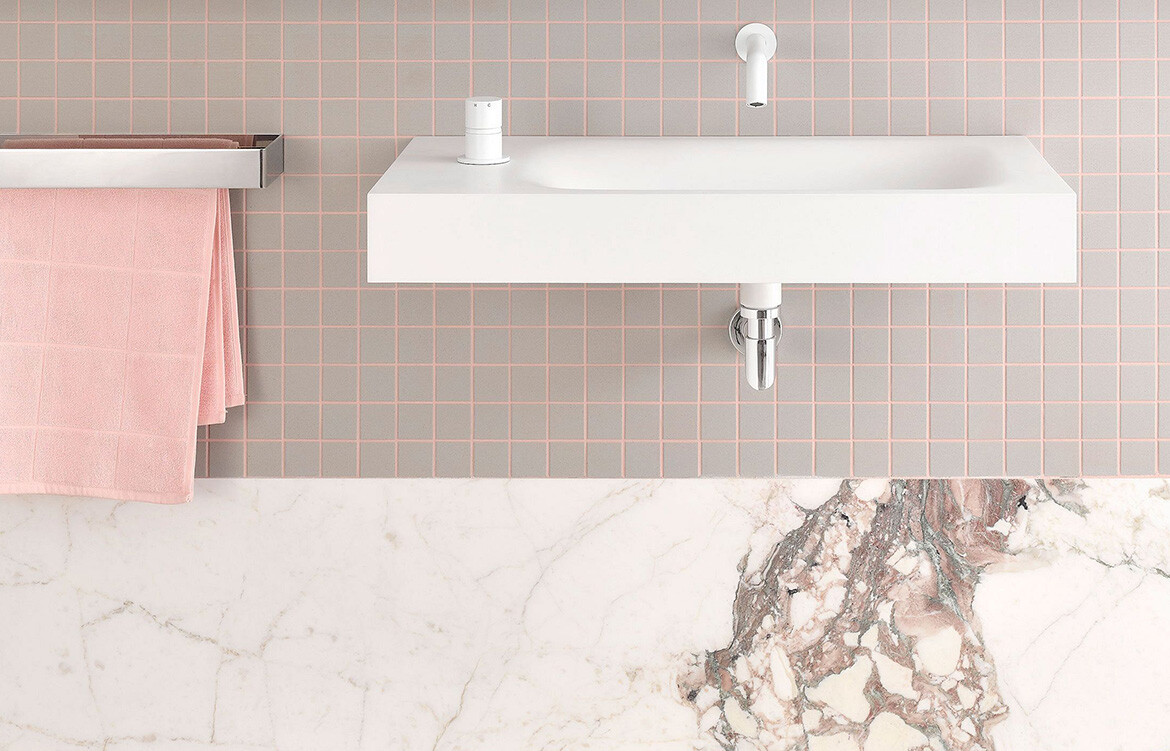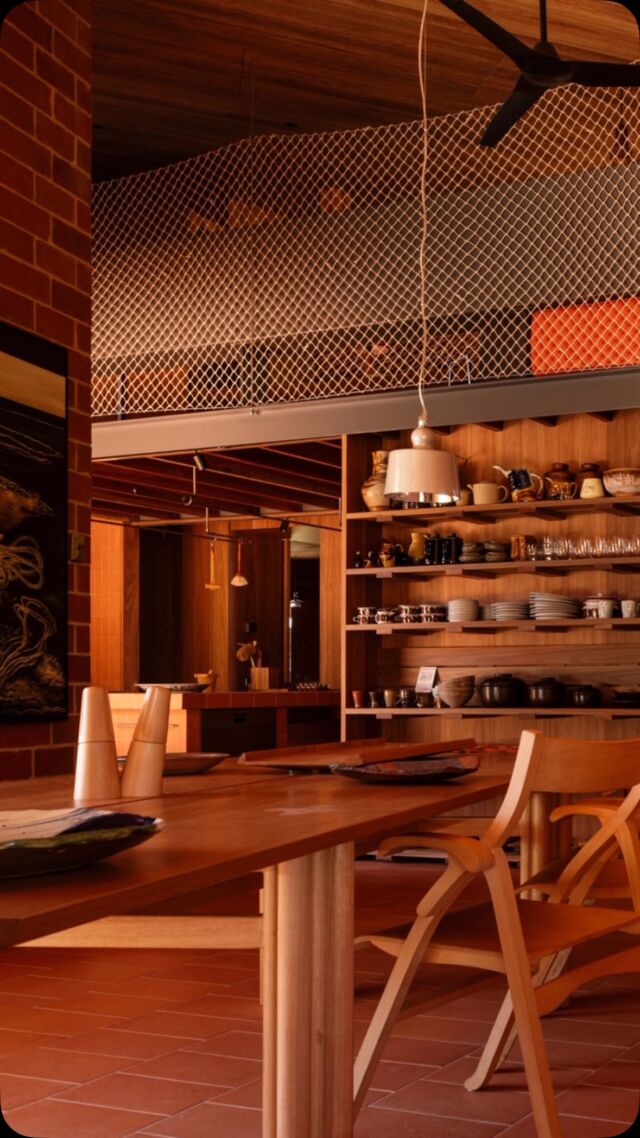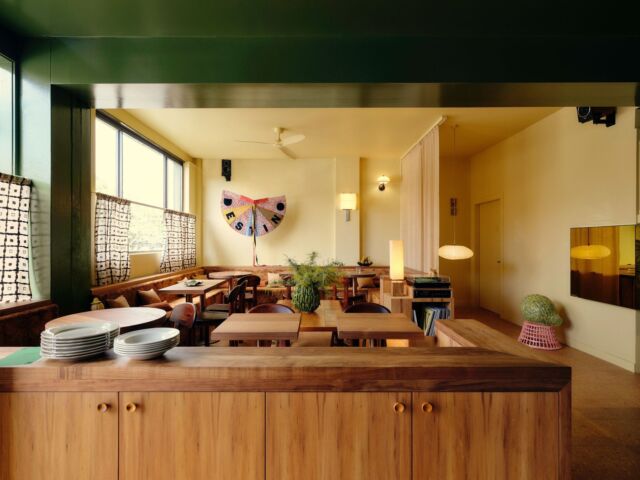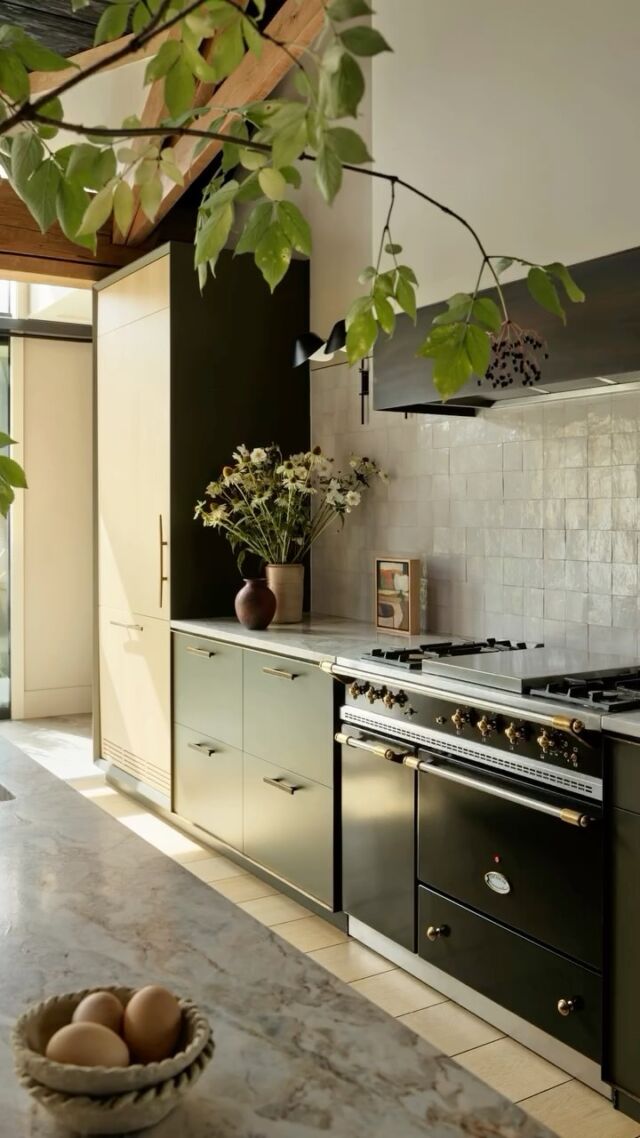The Flying Wall House’s quirky name aptly describes the key architectural element defining both the building and the cul-de-sac in a suburb in Singapore. Designed by Park + Associates for a family of five, this clear datum reflects the firm’s philosophy of employing a reductionist approach that yokes both function and looks.
The flying wall in question addresses multiple issues. Singapore’s density translates to most houses huddled closely and edging the plot on three sides were two houses and a school.

To buffer the claustrophobia and visual invasion from these antagonistic ‘walls’, the design team inserted another wall, albeit one that is lighter, more fluid and sculptural.
A nine-square grid dictated by feng-shui spatial planning concepts shapes the house’s form, which is skewed against the entrance. The flying wall extends from this volume to embrace the remaining negative space that traces the irregularly shaped plot. Orchestrated openings curate landscaped views and privacy.

“We explored the juxtaposition of the twisted square and the flying wall, creating interesting pockets of spaces that [build dialogue between the] outdoors and indoors. These interstitial spaces ensure that the interiors extend informally into the outdoors to enhance spatial and experiential qualities,” highlights the firm’s director Christina Thean.
The owner, Bee Bee Heng, adds that there were eight exhaust pipes from the school looking into the plot, and the wall was insurance in case discussions to replace and turn the pipes away from the home failed. To their relief, the school amicably obliged.

The owners wanted a house that would let the close-knit family spend time together at home but also give the children, who are in the stages between teenage to young adulthood, personal spaces to retreat to. Bee Bee met the Park + Associate’s founder Lim Koon Park through the wife of the builder, as both their daughters were schoolmates. The owners found affinity with Park and decided to engage him.
The brief was for a timeless home. “Twenty years down the road, it should still look fresh and be easy to maintain. I love space, I love light, and I told the team to incorporate that,” says Bee Bee. Functionally, this means usable, liveable spaces.

Appearance-wise, the architecture’s light-grey uniform treatment is easy on the eye and gives a monolithic reading of the building. Landscaping comes on board as genteel embellishment.
“This idea of purity can also be experienced at the staircase, where oak timber clads the railing, tread and riser. Other materials, such as Bianco Venatino marble, light-grey granite, quartz countertops and homogeneous tiles were composed to generate warmth and tactility,” says Thean.

In the dry kitchen, dark quartz draws focus to the zone where the family gather for occasional light meals. It is encapsulated within a larger shell of light oak timber that harmonises with the rest of the first storey, which is also clad in the same material.
Spatially, the house is encountered in a layered manner, beginning at the entrance’s sequenced trajectory. The design team celebrates the transition into the house with a sheltered, stepped pathway bordered by landscaping.
It slows the pace and gives ceremony to the first interactions between house and car porch, which is articulated as a separate entity in front of the house, and screens the main house proper. The slow reveal also adds to a sense of curiosity and surprise.

“The intention was to elevate the spatial experience of progressing from outdoors to indoors, through the intimate and ‘compressed’ qualities of the entrance walkway, and the larger double-volume living space within,” Thean describes.
The steps also poetically mitigate building regulations stipulating a raised first storey in case of flooding. The interiors are a play of vertical and horizontal that stretch space and sightlines.
Cutouts and glazed surfaces amplify connections between family members, and between nature and shelter. Opening up the slab above the living room bridges both levels. It is an important gesture to ensure family members on the two levels are aware of one another’s comings and goings.

On the first storey, feng-shui determined the pool’s location outside the dry kitchen and dining area. Thean shares that the clients enjoy this configuration of eating dinner or using the dry kitchen’s island counter with the relaxing sound of water close by. A pavilion across the pool is another gathering spot and provides a better view than the neighbours’ tall walls behind.
On the second storey, the pavilion’s roof doubles as an outdoor terrace, accessed via a short bridge from the family room. The flying wall wraps around it to give it privacy. On the third storey, the two older kids enjoy a perimeter balcony where potted plants sieve tropical heat and light.

The flying wall’s omnipresence is an interesting part of the house experience; it could well represent the family’s unified relations. For example, it is seen from the main bedroom before looping around to the main bathroom’s windows. From the third storey, there is a picturesque plan view of geometric intersections of volumes and voids, and water, grass and structure. The project is at once simple and complex.
Says Thean, “As a studio that advocates the importance of the human experience in architecture, our notion of design lies in its ability to not only resonate with the individual, but also build upon the clients’ expectations while respectfully responding to the site context.
This was ingrained into the Flying Wall House, where the design details, regardless of scale, were explored and crafted with rigour.”





Project details
Architecture & interiors – parkassociates.com.sg
Project team – Lim Koon Park (lead architect), Chris Thean, Juthathong Rutchatanuntakit, Wong Zi Xin, Raymond Chun
Photography – Daniel Koh
Builder – CTH Builder
This article originally appeared in issue #51 of Habitus. We think you might like this house in Singapore by FARM Architects


